

The imperial country residence at Tsarskoye Selo near St. Petersburg is breathtakingly beautiful and lavish. However, the palace concealed something even more valuable - a cabinet, the so-called Amber Room. From floor to ceiling it was completely decorated with amber!
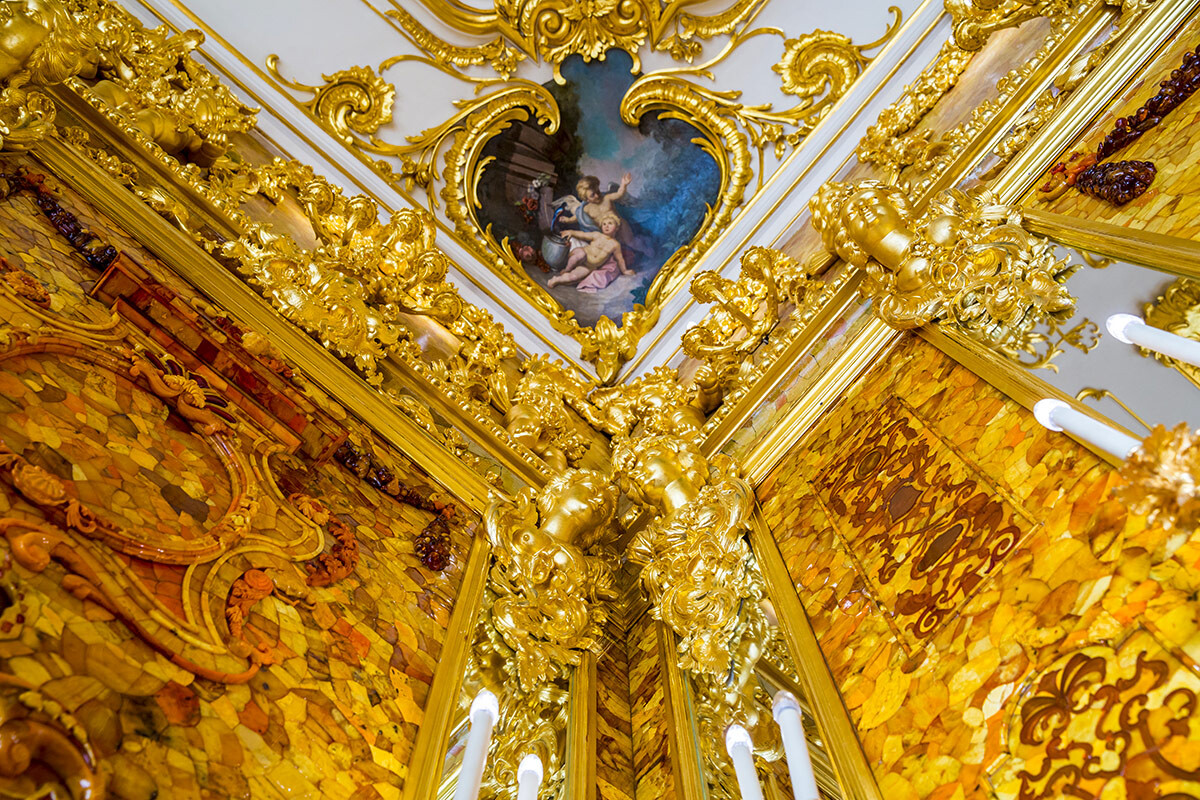
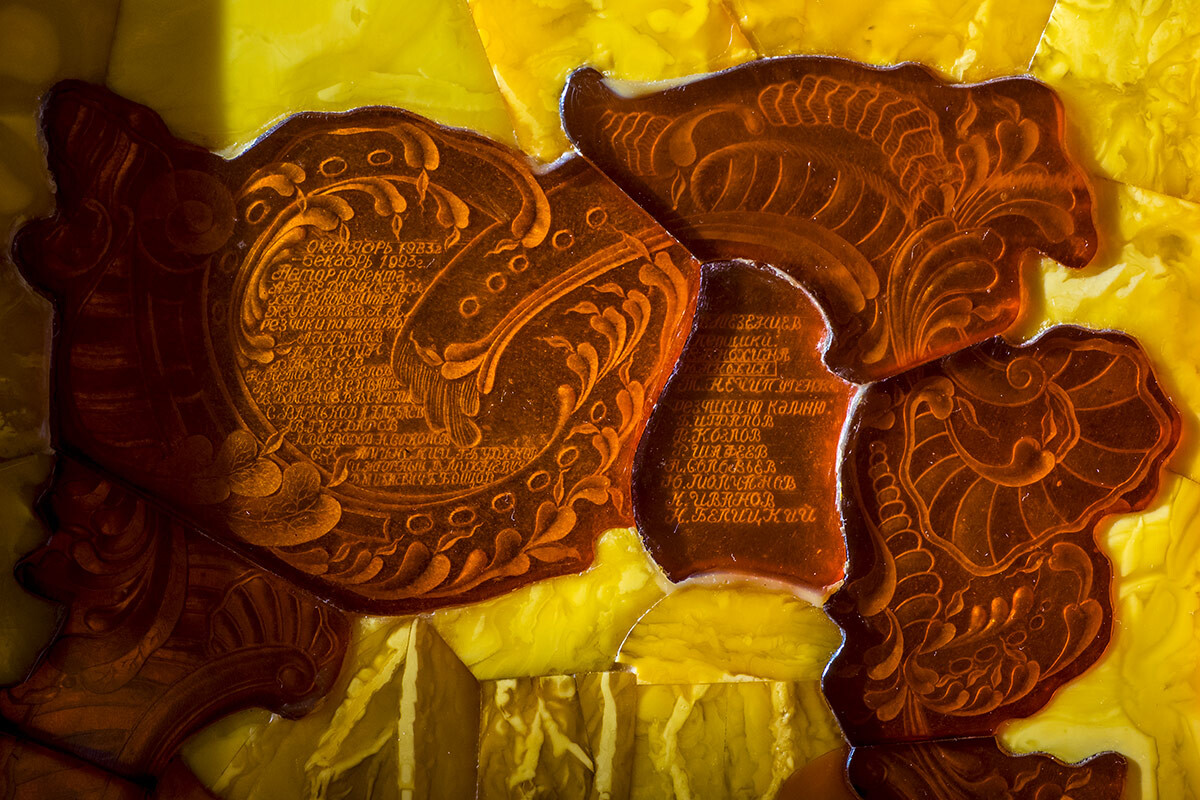
It is interesting that the room itself appeared even before the construction of the palace at Tsarskoye Selo: it was made by German masters, and the Prussian King Frederick I presented it to Peter the Great. Russian court architects and artists added to the already dazzling decor.
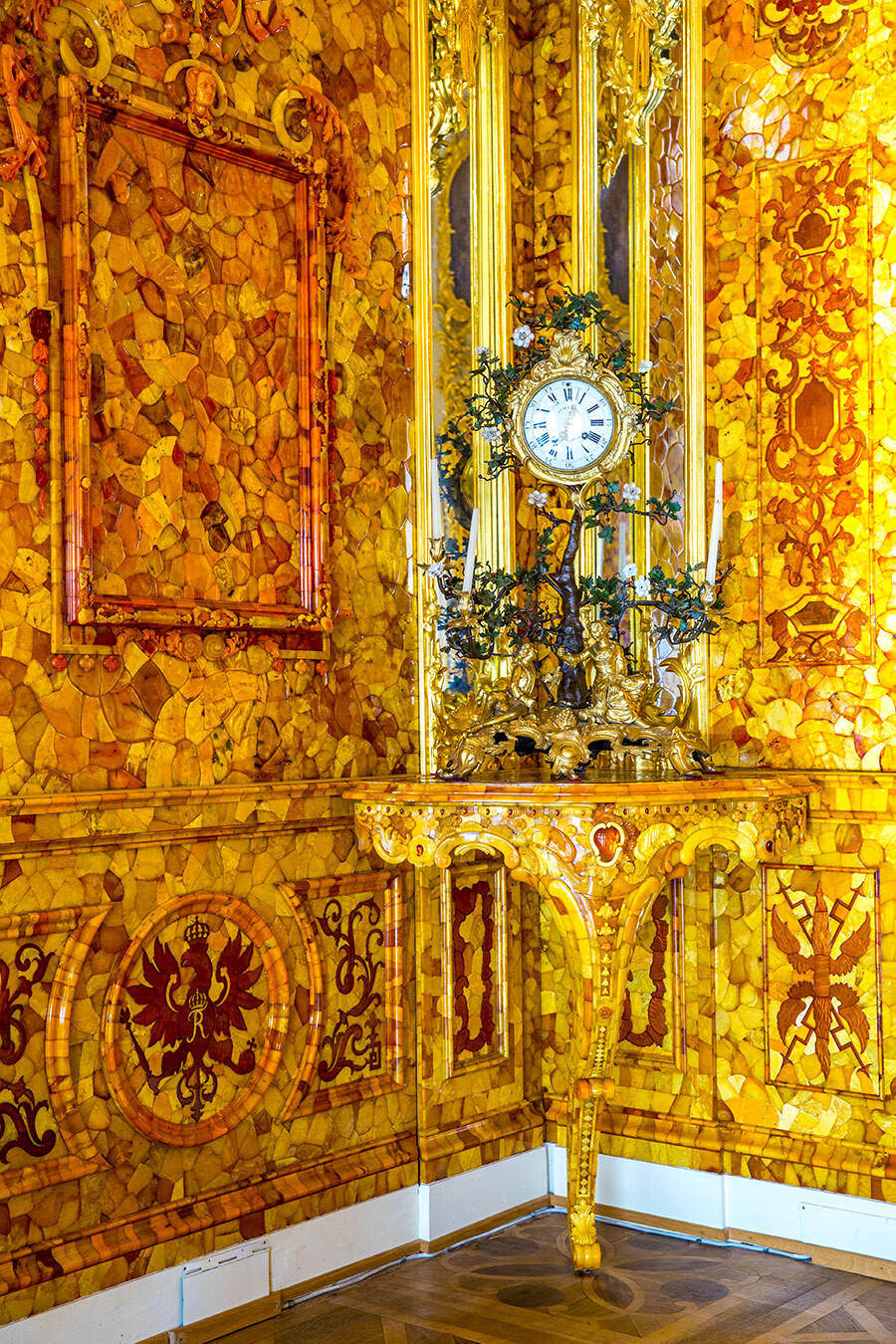
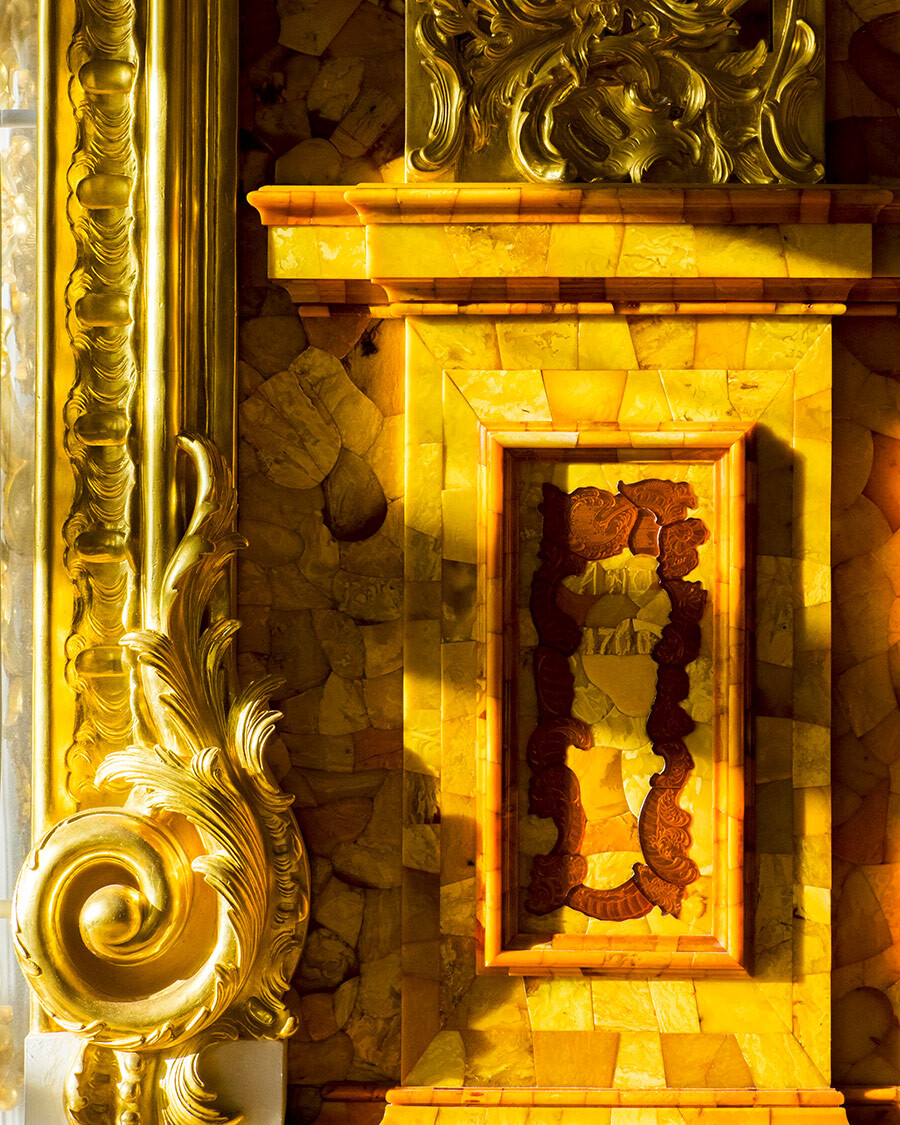
Two centuries later, during World War II, Hitler's soldiers occupied Tsarskoye Selo and seized the priceless room, along with other valuables from the palace, which had not been evacuated in time. The treasures disappeared without a trace, save for only a few fragments found, which were handed back to Russia in 2000.
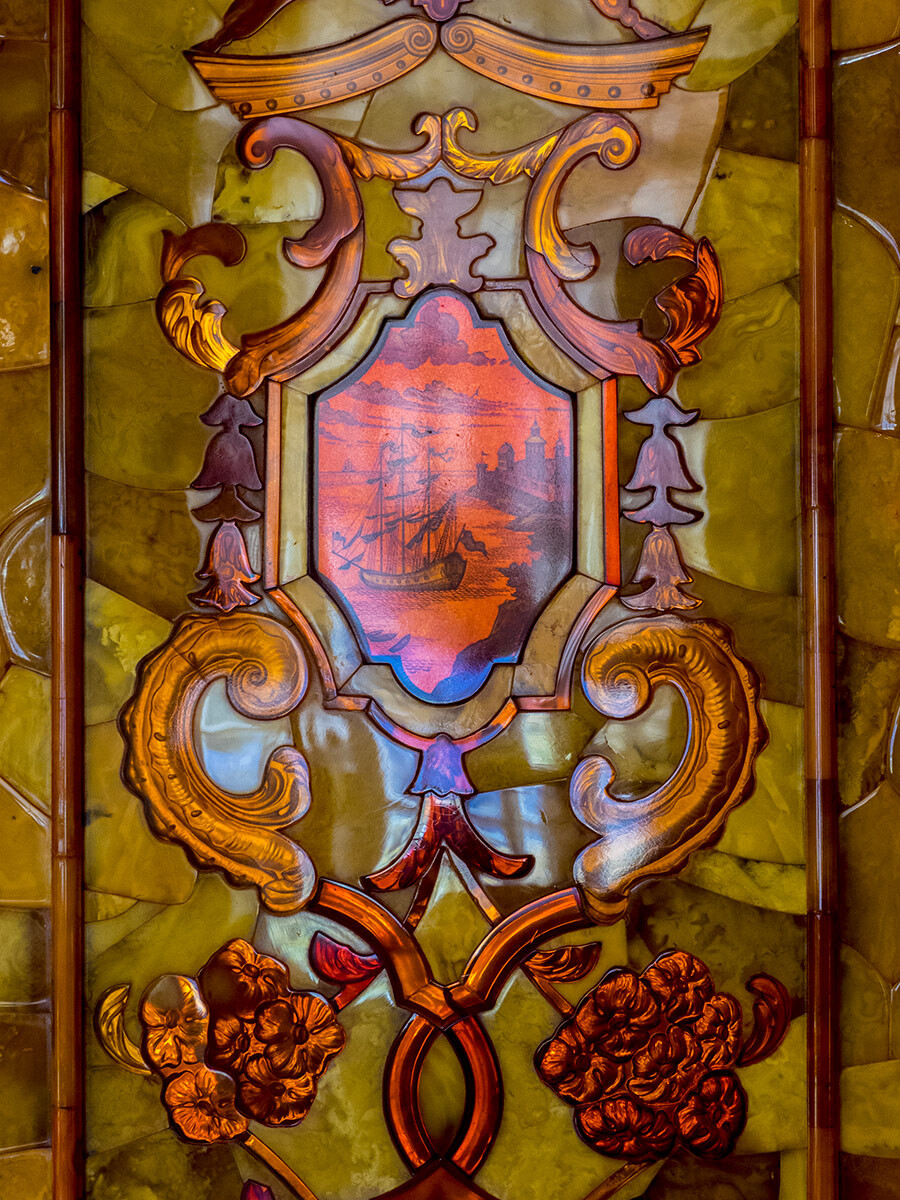
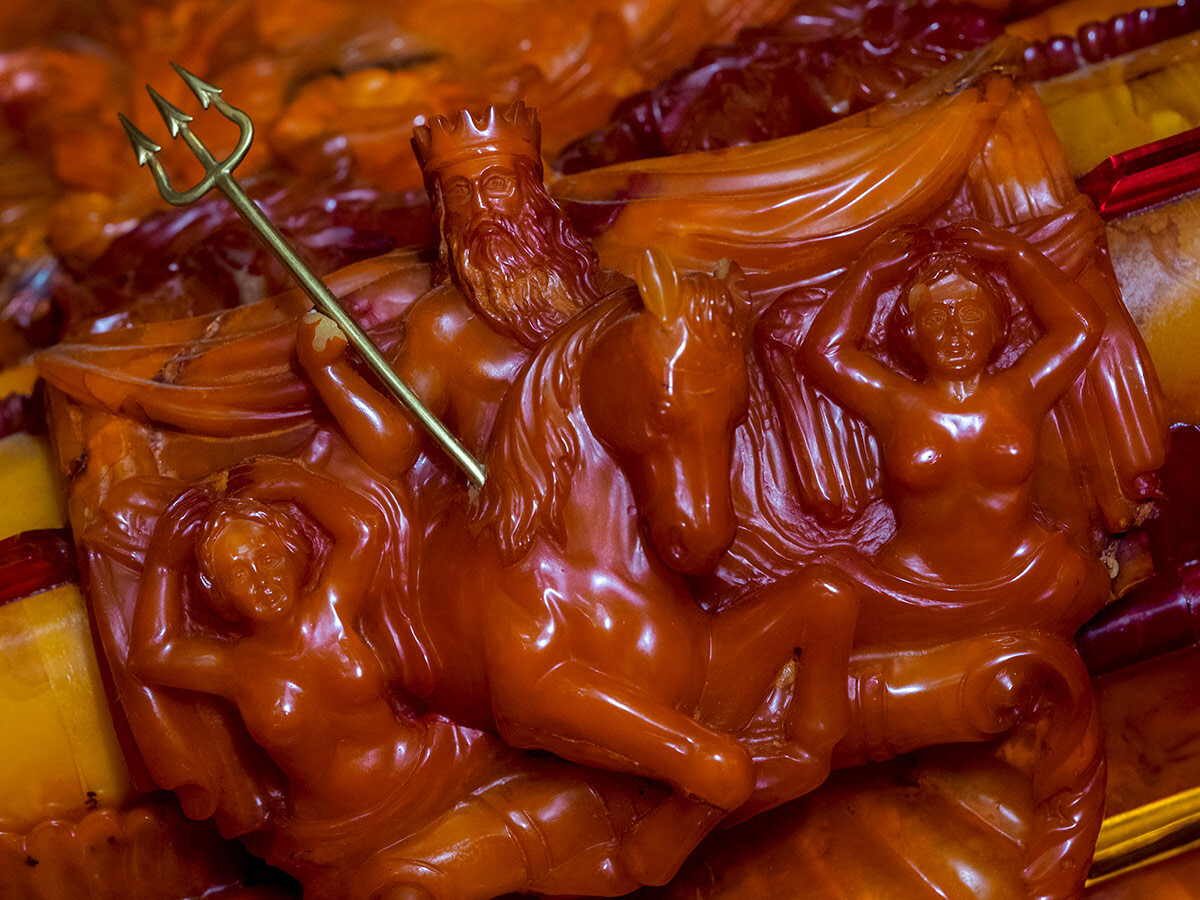
Numerous investigations into the room's whereabouts led to nothing, with many believing that it most likely burned down altogether (more on that story here). But, by St. Petersburg’s 300-year anniversary in 2003, the room was reconstructed in every detail. Just look at all the beauty!
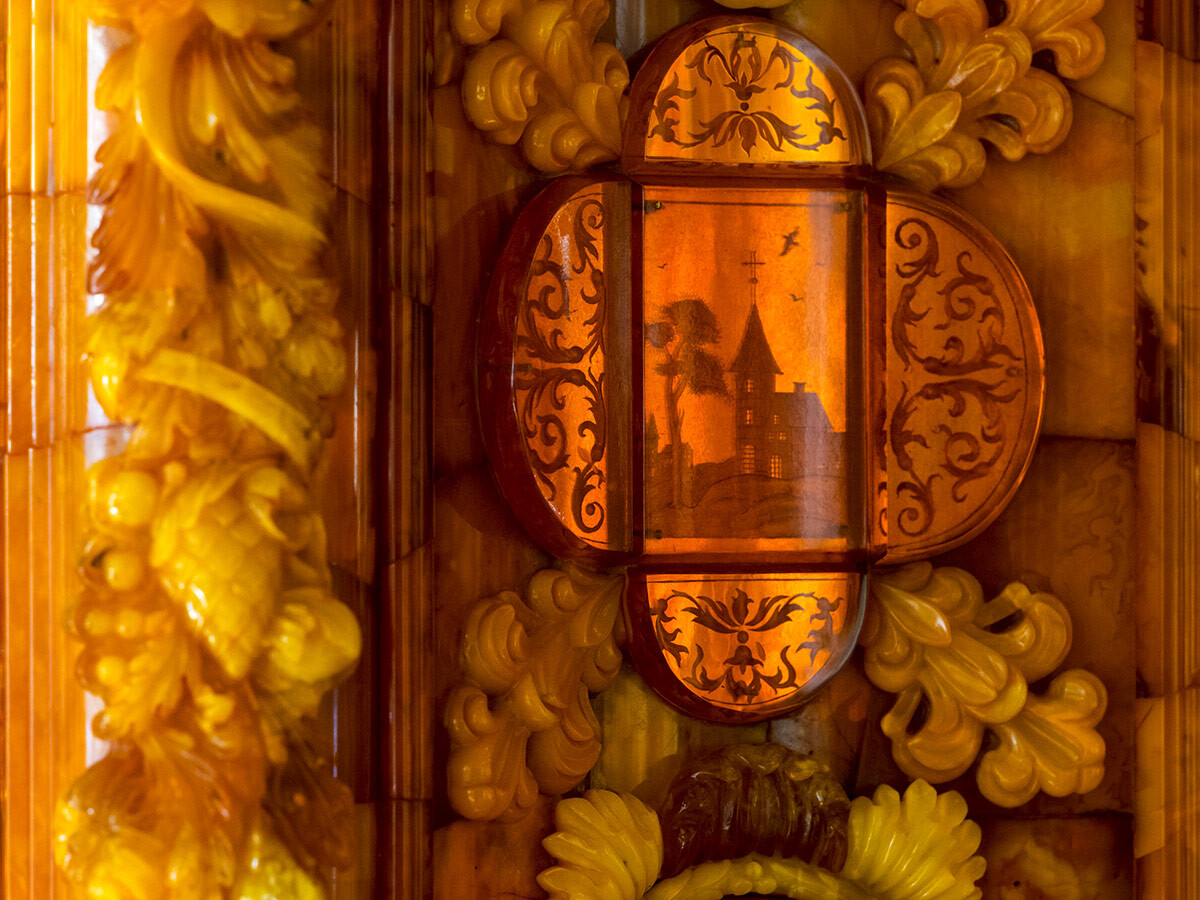
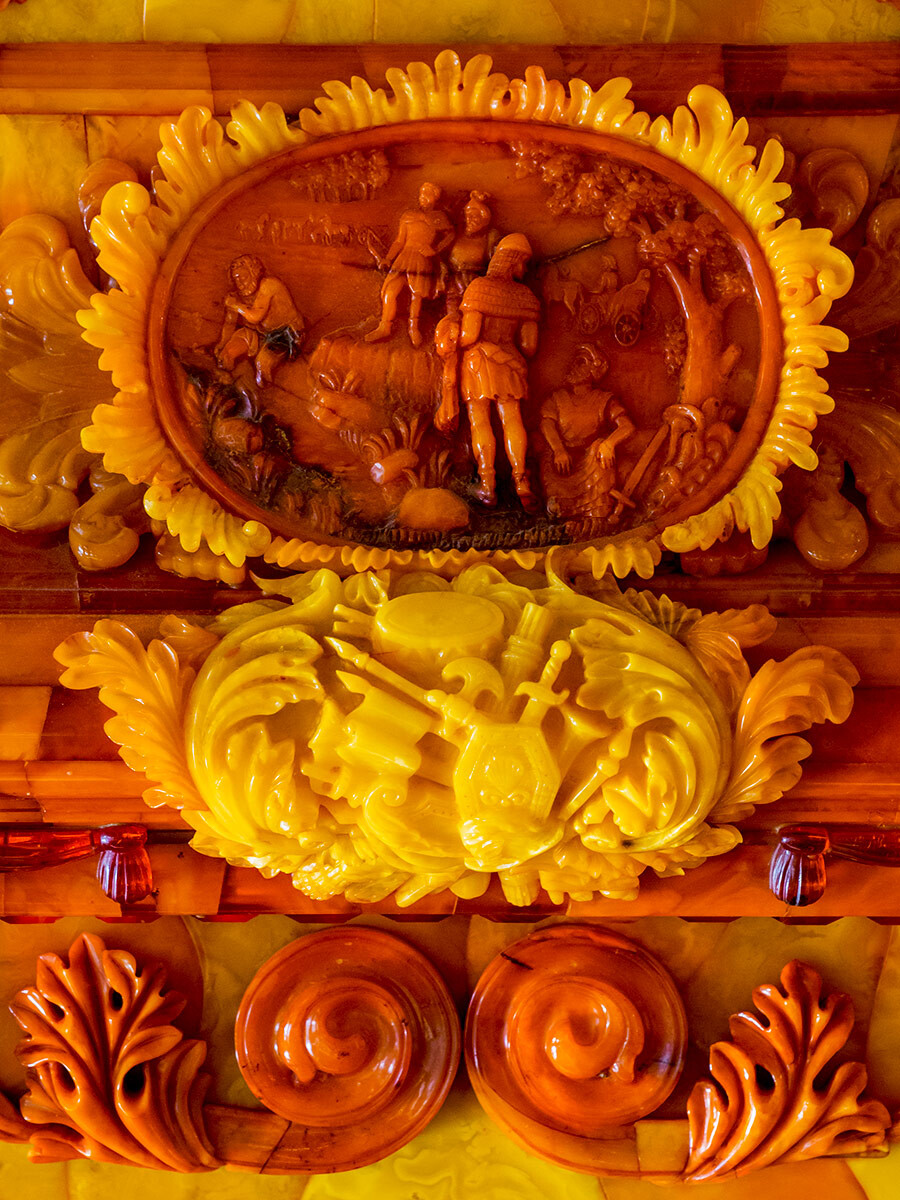
READ MORE: Where to find the Amber Room, stolen by the Nazis
Dear readers,
Our website and social media accounts are under threat of being restricted or banned, due to the current circumstances. So, to keep up with our latest content, simply do the following:
If using any of Russia Beyond's content, partly or in full, always provide an active hyperlink to the original material.
Subscribe
to our newsletter!
Get the week's best stories straight to your inbox